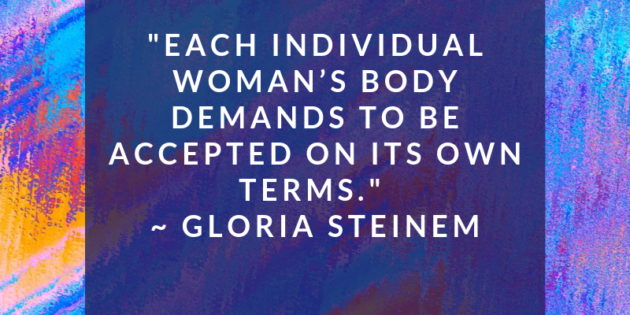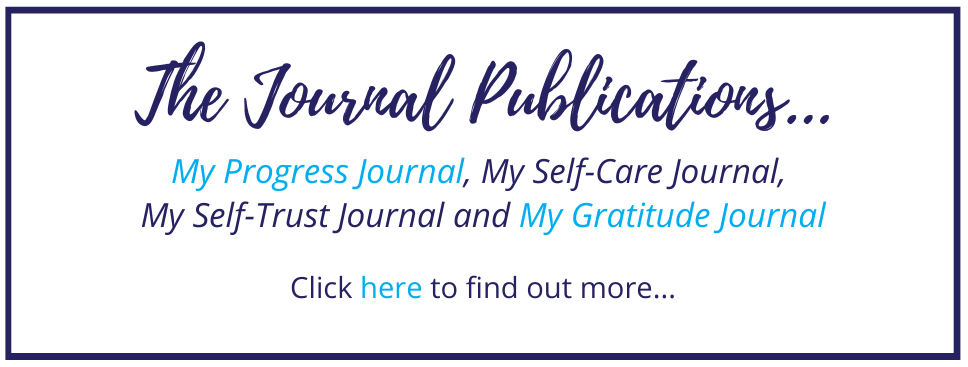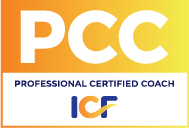This morning I went to the fracture clinic and it could be up to another 6 weeks until my fractured toe is healed. Needless to say, I needed to remain very present as the doctor gave me the news, so I didn’t go in to resistance. On the x-ray, I could see where the bone is still healing, however I really did want it to be better as these past 5 weeks and 5 days have been challenging and quite confronting for me.
What is Body Acceptance?
As I indicated here, I hadn’t really thought about it (I had used the term body gratitude). However, after I broke my toe several thoughts and experiences arose, so I began to explore deeper about body acceptance. I found Tracy Tylka’s definition and she defines body acceptance as –
“accepting one’s body regardless of not being completely satisfied with all aspects of it.”
When I read that definition it resonated, especially in regards to my current body situation. Yes, I would prefer not to have a broken toe, however I have chosen to accept the situation and do what I can as I want it to heal. With daily awareness, self-compassion and mindfulness, I am accepting my broken toe, not resist it (like I had done so many times before).
The 5 Stages of Acceptance
For me, I found and see the stages of body acceptance, similar to how Christopher Germer sees the stages of acceptance. In his book, the Mindful Path to Self-Compassion: Freeing Yourself from Destructive Thoughts and Emotions, Germer shares his 5 stages of acceptance. The stages are –
- Aversion – avoiding or resisting what is going on,
- Curiosity – starting to turn to the discomfort with interest and curiosity,
- Tolerance – safely enduring,
- Allowing – letting the discomfort (feelings) come and go,
- Friendship – seeing the value of all experiences and befriending your experiences of life.
It is important to note, this is not a linear process – it is dynamic. The stages are about awareness and learning to have a new relationship with life as it is and the feelings/emotions and thoughts associated with it – moving from resistance to acceptance. As resistance creates suffering and acceptance alleviates it.
Continuing to Shift from Body Resistance to Body Acceptance
When I look at these 5 stages of acceptance in relation to today’s news about my toe, I can see I shifted between curiosity and allowing. Here is what I mean –
- Curiosity – yes my toe it still tender. However, I was curious to hear what the doctor had to say when he looked at the x-ray.
- Tolerance – I am safely enduring the pain.
- Allowing – when I am speaking to the doctor, I am remaining present with the experience. When he lets me know it is not fully healed (as he pointed to the x-ray), I sense my disappointment.
When I got home, I went to sleep for a while and then I started to reflect on the experience. I can see now, that breaking my toe is part of a bigger peace of my healing. In the past, I have bolted or left my body, when things were challenging. Now if I left my body, I would hurt my toe more, so I need to stay grounded as much as I can.
Little by little, I am coming back to appreciating my body for what it is and those distorted thoughts are being transformed as I listen to my body. I am glad I have the skills and tools to take care of myself and know this mindfulness and self-compassion practise is one I will continue for the rest of my life.
Over to You…
What can you do now to continue to accept your body? If you’re interested in finding our more about body acceptance, you are welcome to join us in the toolkit here.
For me, I am going to continue to care for my toe and continue to accept what I can do each day as it heals in my NOW body.
References –
Germer, C. (2009). The Mindful Path to Self-Compassion: Freeing Yourself from Destructive Thoughts and Emotions. New York: Guilford Press.
Tylka, T. L. (2011). Positive psychology perspectives on body image. In T. F. Cash & L. Smolak (Eds.), Body image: A handbook of science, practice, and prevention(2nd ed., pp. 55–64). New York. doi:10.1016/b978–0–12-384925-0.00104-8

















Leave A Response